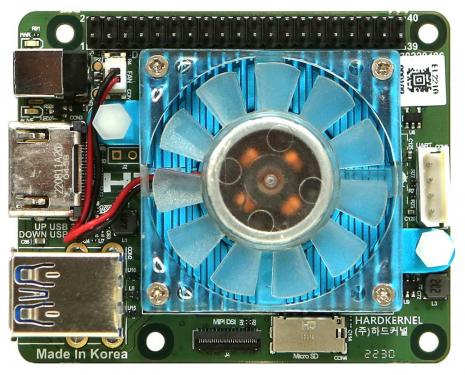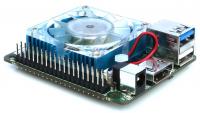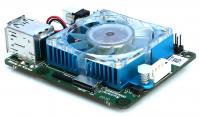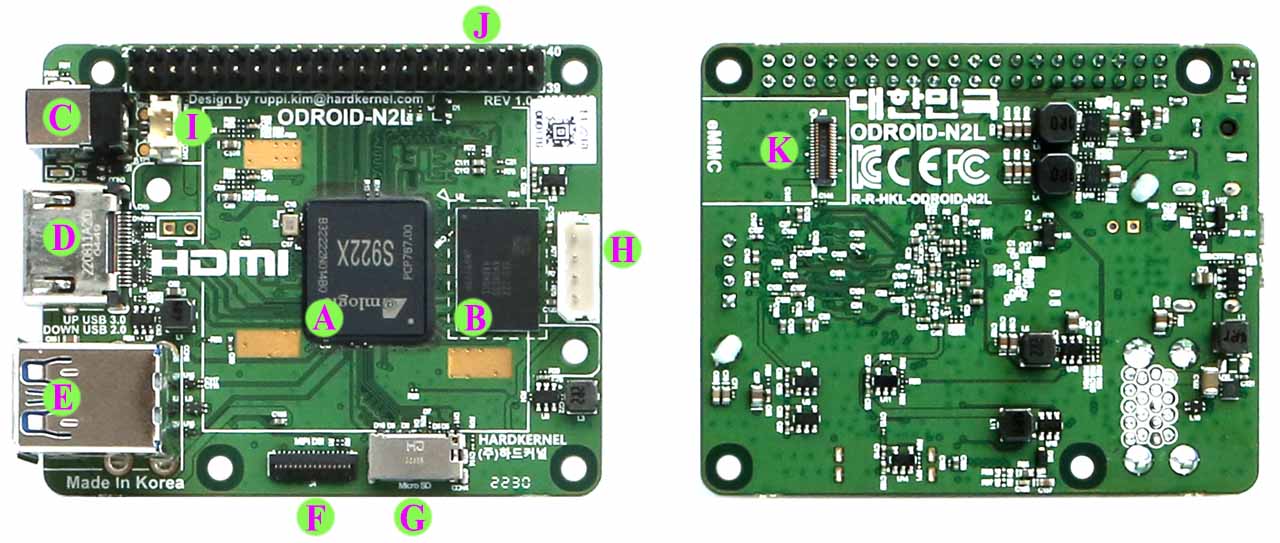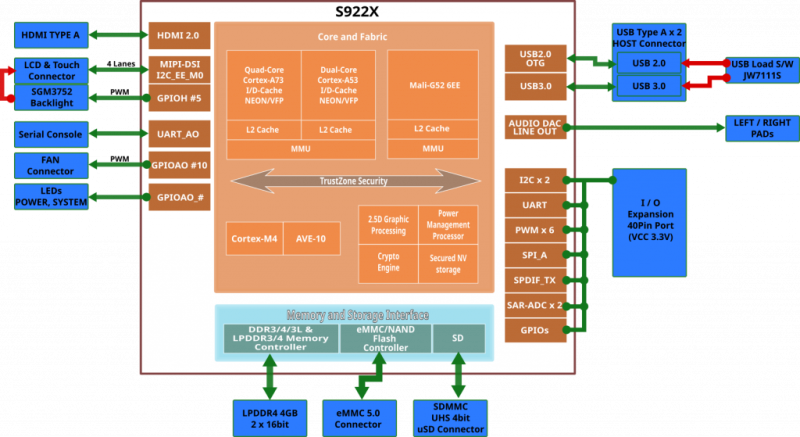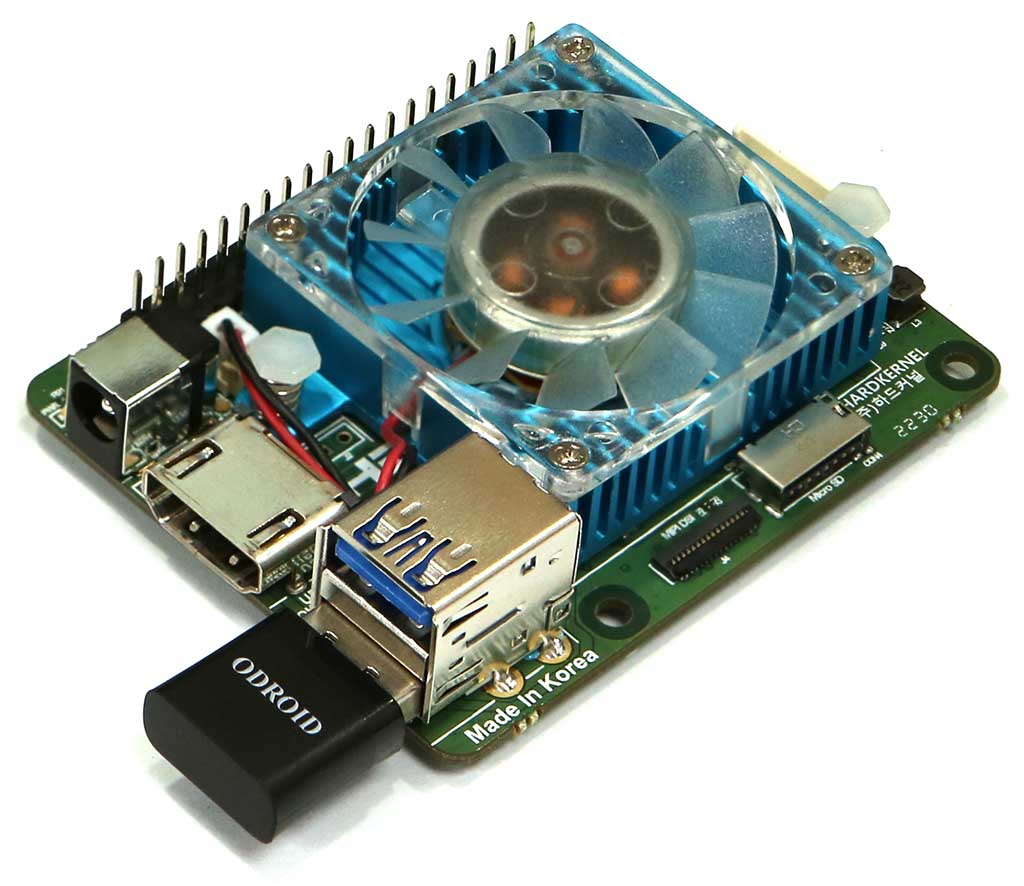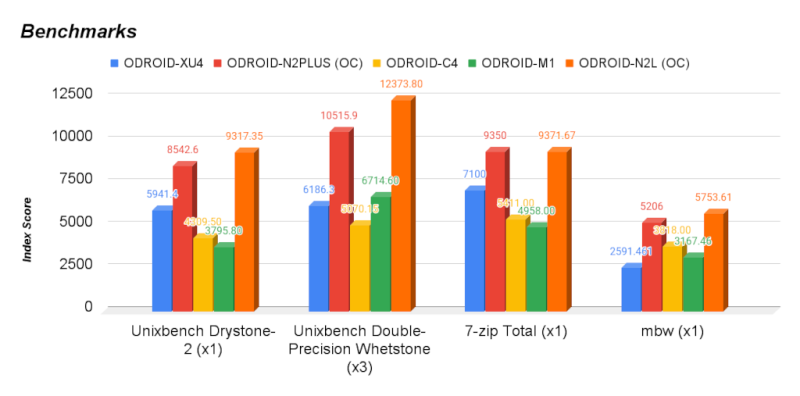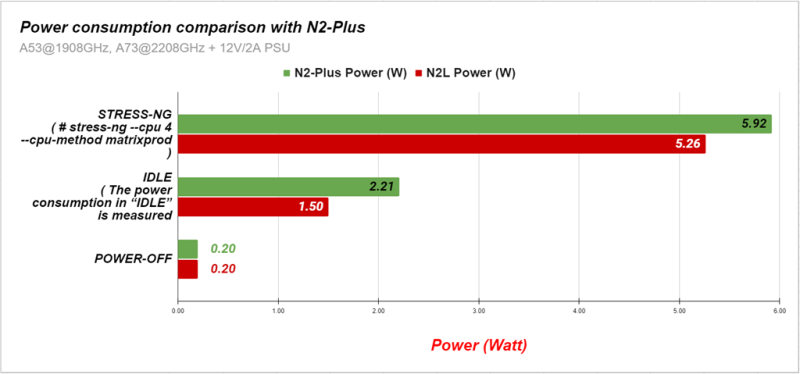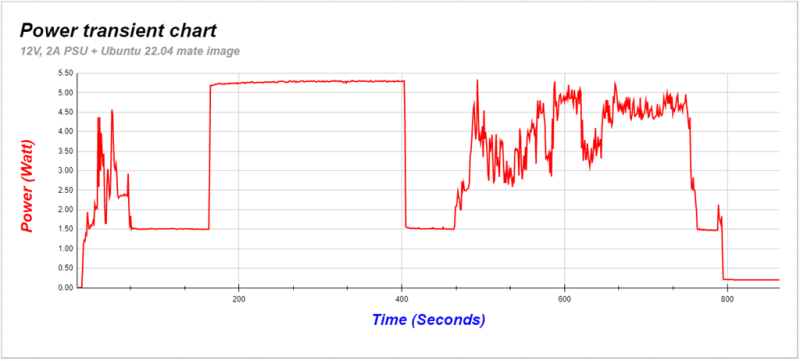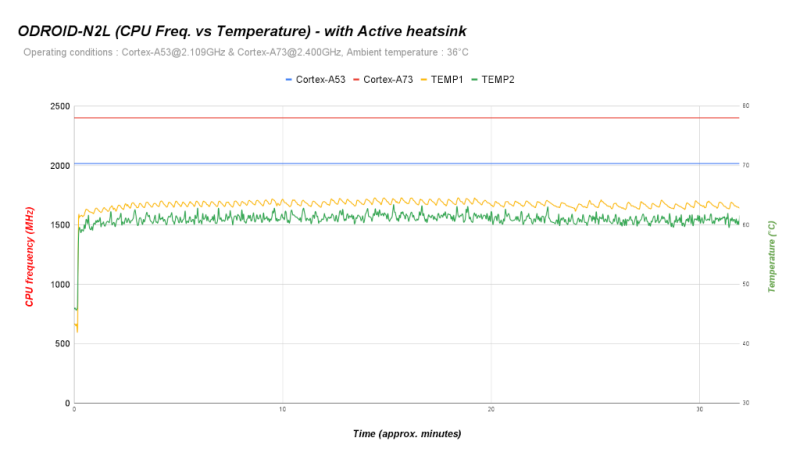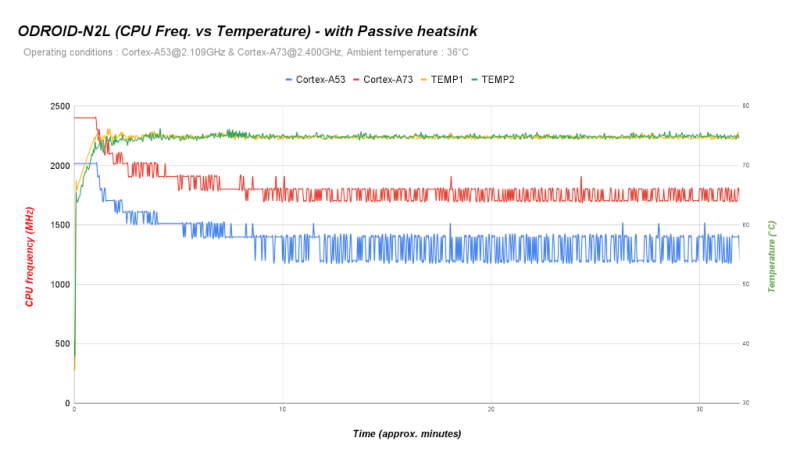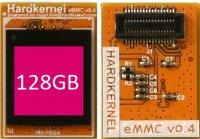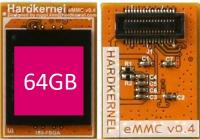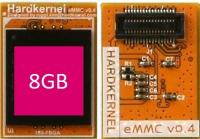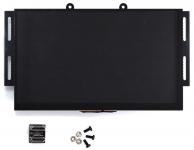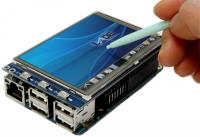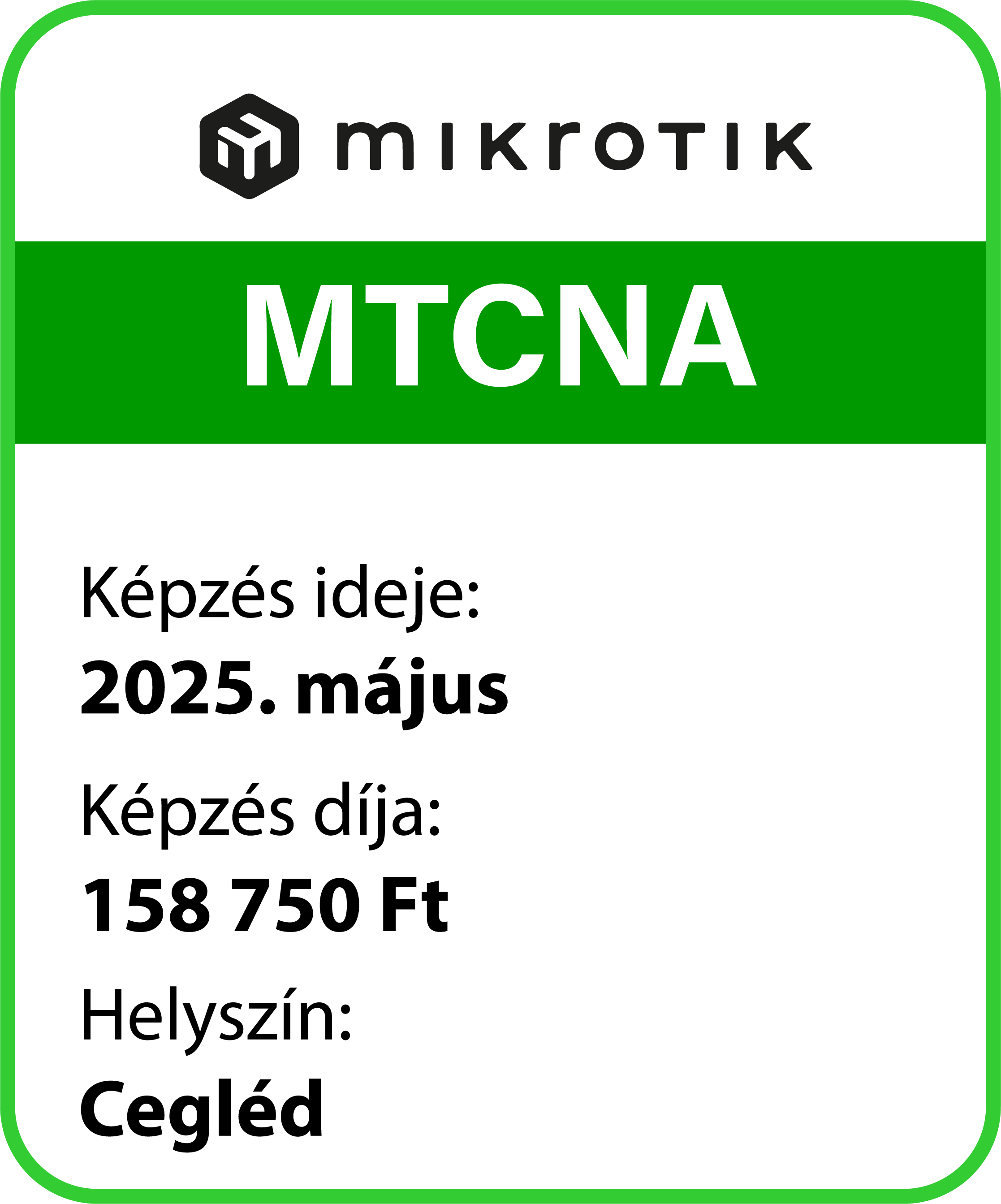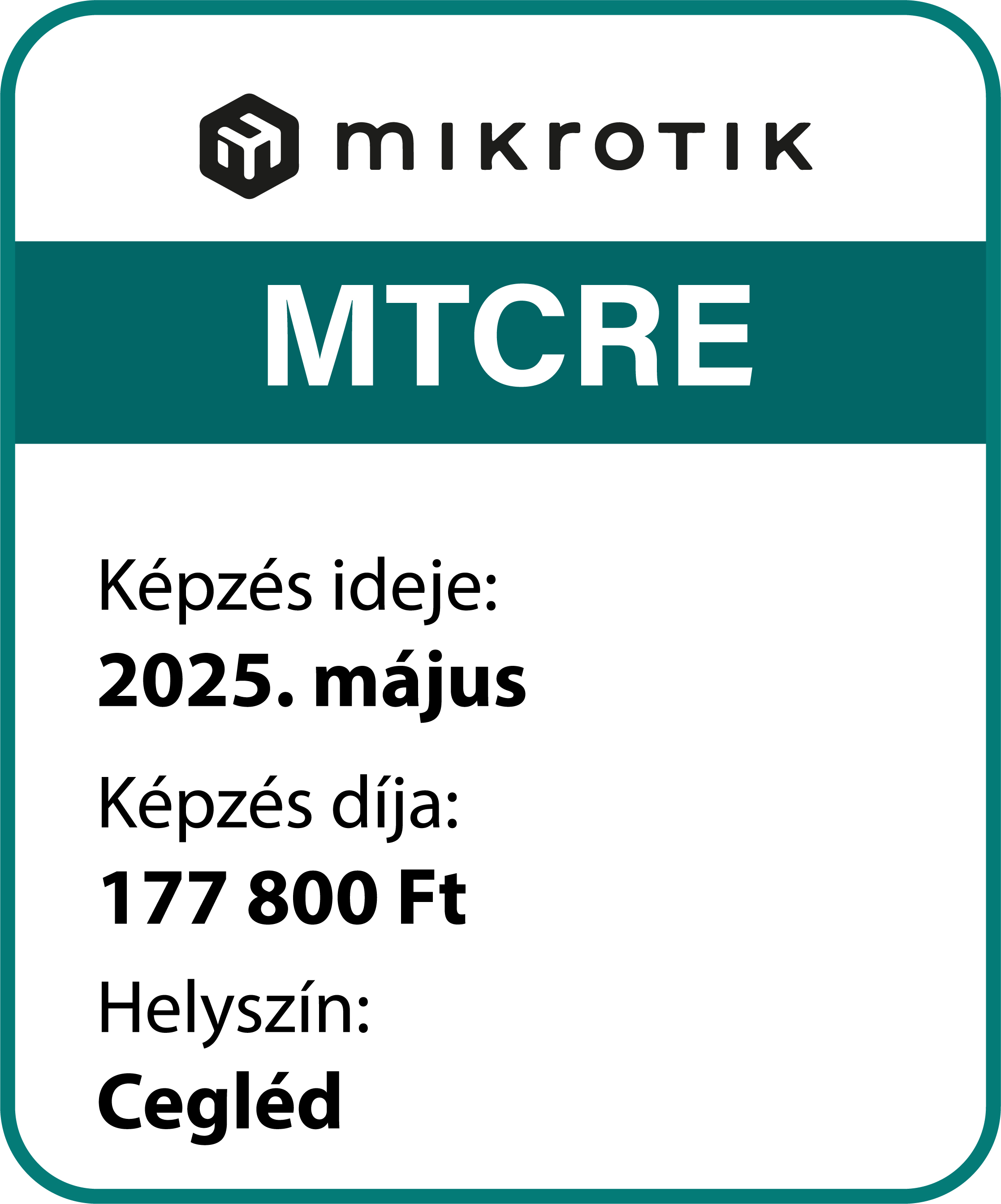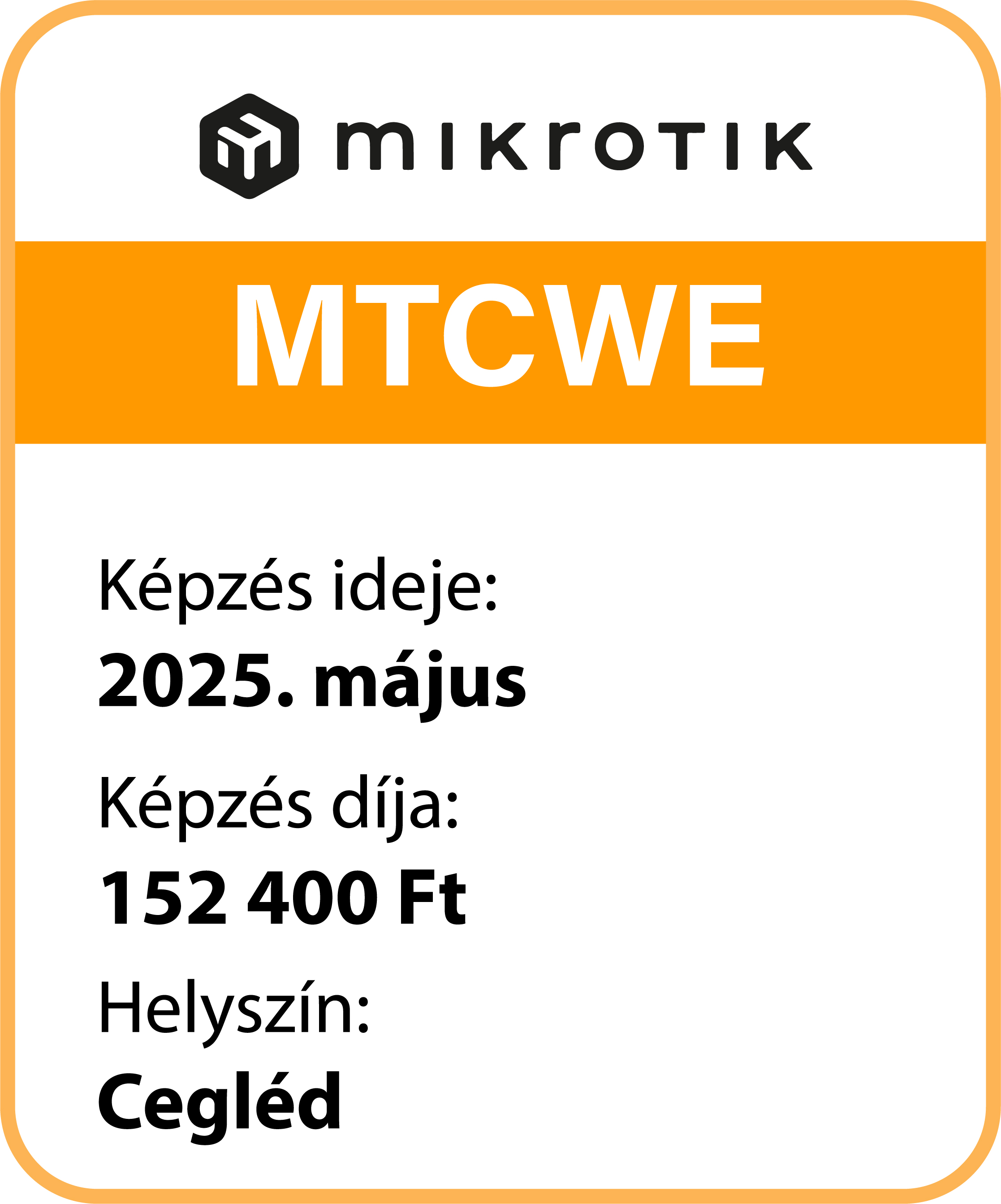HARDKERNEL ODROID-N2L 4GByte
A népszerű ODROID-N2+ olcsóbb, kisebb változata. Ennek az eszköznek a fejlesztése valójában több ügyfél kérésére indult. Elégedettek voltak a rendkívül sokoldalú N2+ teljesítményével és kényelmével. Azonban egy viszonylag kompakt, költséghatékony, egyszerű és még mindig nagy teljesítményű SBC-t szerettek volna beágyazni a rendszerükbe. Gyorsabb és alacsonyabb energiafogyasztású LPDDR4 RAM került bele, ezzel bizonyos alkalmazások futtatásakor még gyorsabb is, mint az N2+ változat. A memória módosítás miatt a bootloader változott, az N2+-hoz készült eMMC image-ek nem indulnak el rajta! Mérete (69 x 56 mm) lehetővé teszi a különféle kisméretű készülékek belsejébe történő beszerelést. Különféle beágyazott rendszerekhez alkalmas, amelyek nem igényelnek Ethernet-kapcsolatot. Alkalmas például robotok, drónok, játéktermi konzolok és sok más alkalmazás építésére. A nevében lévő „L” betű nem utal egyetlen szóra sem, többféle jelentése lehet, például: Little, Leaf, Lynx, Lovely, Lumen, LPDDR and Light. Hiányzik néhány olyan funkciót, amelyek az N2+-on elérhetők voltak, így olcsóbb és kisebb. Az Ethernet, az RTC, az SPI-Flash, az OTG port, az analóg audiokimenet, az IR vevő, a három USB 3.0 port és a méretes hűtőborda eltávolításra került!
WIKI
https://wiki.odroid.com/odroid-n2l
Board details
| A | Amlogic S922X CPU | G | 1 x Micro SD Slot |
| B | LPDDR4 RAM | H | 1 x UART for System Console |
| C | DC Power Jack | I | 1 x Fan Connector |
| D | 1 x HDMI 2.0 | J | 40 x GPIO Pins |
| E | Up: 1 x USB 3.0, Down: 1 x USB2.0 | K | 1 x eMMC Module Socket |
| F | 1 x MIPI DSI 4Lane Connector(TBD) |
Specification
| Form Factor | Dimensions including Fan heatsink: 69mm x 56mm x 22mm Dimensions including Tall heatsink: 69mm x 56mm x 32mm Weight: 50g including Fan heatsink, 66g including Tall heatsink |
||
| Processor | Amlogic S922X Processor (12nm) Quad-core Cortex-A73(2.2Ghz) and Dual-core Cortex-A53(2Ghz) ARMv8-A architecture with Neon and Crypto extensions Mali-G52 GPU with 6 x Execution Engines (800Mhz) |
||
| Memory | LPDDR4 4GiB or 2GiB with 32-bit bus width Data rate: 3216 MT/s 1.1Volt low power design |
||
| Storage | 1 x eMMC connector (8G, 16G, 32G, 64G and 128G are available) 1 x microSD slot (DS/HS modes up to UHS-I SDR104) |
||
| Networking | Optional WiFi or Ethernet USB adapters | ||
| Video | 1 x HDMI 2.0 (up to 4K@60Hz with HDR, CEC, EDID) – Although the +5V Power pin is able to supply a minimum of 300mA, according to HDMI 2.0 specification, a sink shall not draw more than 50mA of current from the +5V Power pin. |
||
| Audio | 1 x HDMI digital output | ||
| External I/O | 1 x USB 3.0 Host port 1 x USB 2.0 Host port 1 x Debug serial console (UART) 1 x MIPI DSI 4Lane (TBD) 1 x Peripheral Expansion Header (40-pin, 2.54mm pitch) – 2 x DC 5V, 2 x DC 3.3V, 1 x DC 1.8V, 8 x GND – 1 x SPI – 1 x UART – 2 x I2C – 25 x GPIO (Max) – 2 x ADC input (10bit, 1.8V Max) – All of I/O signal level is 3.3 Volt except for ADC input at max 1.8 Volt |
||
| Other features | Built with a large passive heatsink System LEDS Indicators: – Red (PWR) – Solid light when DC power is connected and only when a proper OS is running. – Blue (ALIVE) – Flashing like heartbeat while Kernel is running. Active Cooling Fan Connector (5V 2-pin) – Connector (2-pin, 1.25mm pitch) |
||
| Power | 1 x DC jack : outer (negative) diameter 5.5mm, inner(positive) diameter 2.1mm 7.5V ~ 16V (Recommend range of input) – DC 12V/2A power adapter is recommendedPower consumption: – IDLE : ≃ 1.5W (Performance governor), 1.3W(Conservative governor) – CPU Stress (Passive Heat-Sink) : ≃ 5.4W (@1908/2208MHz, Stock), 5.8W (@2016/2400MHz, Overclock) – CPU Stress (Active Cooling-FAN) : ≃ 6.1W (@1908/2208MHz, Stock), 6.4W (@2016/2400MHz, Overclock) – Power-Off : ≃ 0.2W |
||
Block diagram
If you need wireless connectivity, consider using a USB adapter like our WiFi Module 5BK.
Performance
We replaced the DDR4 RAM chips with a single LPDDR4 chip to minimize the PCB form factor and reduce power consumption. As a bonus, around 20% higher DRAM interface clock frequency is an obvious and important improvement. We could find 10% to 20% of increased system performance compared to the original N2+ in various benchmark test results.
The GPU benchmark glmark2-es2 also showed about 10% of increased performance which is very similar to the improvement of the memory bandwidth (MBW) test.
Power consumption
The N2L power consumption is obviously lower than ODROID-N2+ thanks to the less power demanding LPDDR4 memory and the removal of some components.
We used our SmartPower3 (see https://www.hardkernel.com/shop/smartpower-iii/) to test and measure the ODROID-N2L power consumption while performing specific activities.
| Activity | Power Avg. |
| Ubuntu Desktop Booting | 2.429 |
| IDLE | 1.836 |
| CPU Stress (stress-ng) | 5.134 |
| YouTube play | 3.991 |
| Power Off | 0.204 |
Thermal characteristics
The stock cooling fan must always rotate to avoid thermal throttling when running a very heavy computing load with an overclocked 2.4Ghz CPU clock frequency.
If your system design doesn’t allow moving parts such as a cooling fan, you will need to replace it with a passive heatsink. In this scenario, you may need to limit the maximum CPU frequency to lower than 2Ghz if the working ambient temperature is high and computing load is very heavy.
Since the heat dissipation characteristics are somewhat diminished, the maximum clock frequency of the CPU may be slightly lowered and will need to be taken into consideration according to the purpose.
(Br. 26.340 Ft)
(Br. 8.922 Ft)
(Br. 15.392 Ft)
(Br. 25.013 Ft)
(Br. 8.312 Ft)
(Br. 5.820 Ft)
(Br. 1.017 Ft)
(Br. 32.908 Ft)
(Br. 18.752 Ft)
(Br. 5.323 Ft)
